NASA’s Falling UARS Satellite Found in Remote South Pacific
Maybe next time, Canada
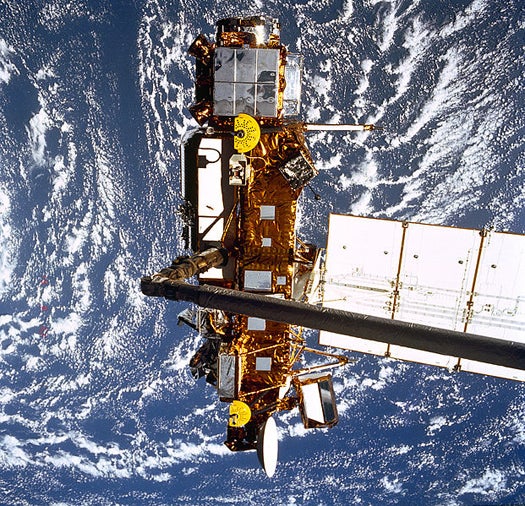
NASA’s Upper Atmosphere Research Satellite (UARS) has finally returned home after two decades in orbit, and it couldn’t have crash-landed in a better place: a 500-mile-wide swath of the South Pacific. The falling six-ton satellite–which had been expected to re-enter the atmosphere for a couple of weeks, causing some degree of worry–plunged into a part of the world that is virtually uninhabited, mere minutes after reports said it might come crashing down in North America, NASA officials said yesterday.
See our gallery of the space race’s greatest falls to Earth.
(List compiled by Jonathan’s Space Report.)
NASA has been tracking UARS for some time now as the decommissioned satellite’s orbit has been decaying. Much of the satellite was expected to burn up on re-entry, but experts estimated that roughly two-dozen pieces of the massive satellite would survive and could potentially be a threat to people or objects on the ground. Given UARS’s speed and the many variables involved (this is a decommissioned satellite, after all, so re-entry was completely uncontrolled) there was no telling exactly when or where UARS might land.
On Saturday, when the final descent began, previous calculations had placed the crash window across a large swath of northwestern North America. The Internet rumor machine fired up and sightings across Canada and the Pacific Northwest proliferated. But by that point updated U.S. Air Force calculations placed the satellite thousands of miles away in another hemisphere, and NASA has confirmed those calculations. UARS is now resting peacefully in the South Pacific, somewhere southwest of Christmas Island were small islands are scattered across a lot of water.
The difference between Seattle and Samoa? Just a few minutes. NASA said UARS came in for its rough landing several minutes earlier than they had projected. What they won’t say is how they know this–they referred those questions to the USAF, which also isn’t talking. Were DoD missile tracking assets employed in tracking UARS? The Air Force would rather not say at this point, but one would think something like this would be good practice.
UARS is not the first piece of man-made space hardware to come crashing back to Earth, and it won’t be the last. In late October or early November a German astronomy satellite will make its uncontrolled final plunge back to Earth. Though smaller than UARS, more pieces are expected to survive re-entry (a total of 30 are expected, possibly including sharp pieces of mirror). Let’s hope that one finds a nice stretch of uninhabited ocean as well.
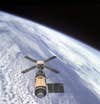
Skylab

Salyut 7
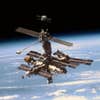
Mir
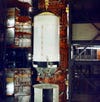
Saturn S-II-13

Cosmos 1402
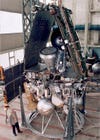
Mars 96
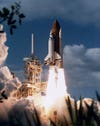
Space Shuttle Columbia